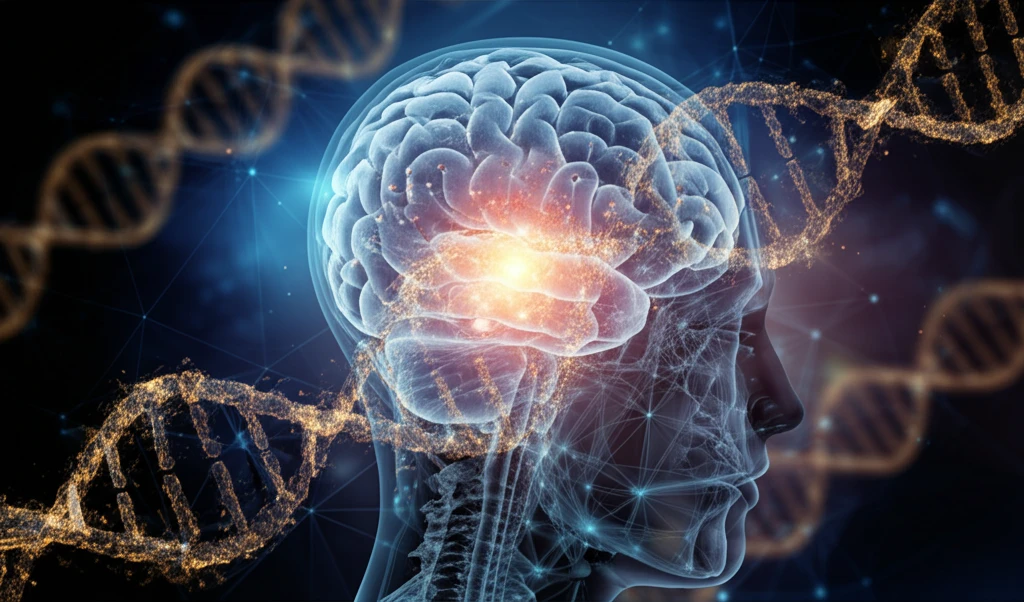
Decoding Brain Tumors: The Latest Breakthroughs in Glioblastoma Research
"Explore cutting-edge research that offers new insights into glioblastoma detection, treatment resistance, and innovative diagnostic methods."
Glioblastoma (GBM), the most aggressive type of primary brain tumor, poses significant challenges in treatment due to its complex genetic makeup and tendency to recur. Recent research efforts are focused on unraveling these complexities to develop more effective diagnostic and therapeutic strategies. This article explores several key studies presented at a recent Neuro-Oncology conference, shedding light on novel approaches in GBM research.
From identifying unique microRNA signatures for early detection to understanding the mechanisms of treatment resistance, these studies offer promising avenues for improving patient outcomes. We delve into the specifics of each study, providing a clear and accessible overview of the findings and their potential implications for clinical practice.
Whether you are a healthcare professional, a patient, or simply interested in the latest medical advancements, this article aims to provide valuable insights into the ongoing battle against glioblastoma. By highlighting the innovative research in this field, we hope to foster a greater understanding of GBM and inspire continued efforts to find a cure.
Early Glioblastoma Detection: Unlocking the Potential of microRNAs

One of the most promising areas of GBM research is the identification of biomarkers that can facilitate early detection and improve prognosis. A study by Feddersen et al. explored the potential of microRNAs (miRNAs) as non-invasive biomarkers for GBM. MicroRNAs are small, non-coding RNA molecules that play a crucial role in gene regulation. Altered expression of miRNAs has been implicated in various diseases, including cancer.
- miRNAs as Biomarkers: The study highlights the potential of using circulating miRNAs as a non-invasive diagnostic tool for GBM.
- Early Detection: Identifying GBM-specific miRNA signatures could lead to earlier diagnosis and intervention, potentially improving patient outcomes.
- Machine Learning: The use of machine learning to construct a diagnostic model demonstrates the power of combining bioinformatics and clinical data in cancer research.
The Future of Glioblastoma Treatment
Continued research into the molecular characteristics of glioblastoma is crucial for developing more effective and personalized treatment strategies. The studies highlighted in this article represent significant steps forward in our understanding of GBM, offering new avenues for early detection, targeted therapy, and improved patient outcomes. By harnessing the power of innovative diagnostic tools and a deeper understanding of the genetic complexities of GBM, we can strive towards a future where this devastating disease is more effectively managed and ultimately cured.
